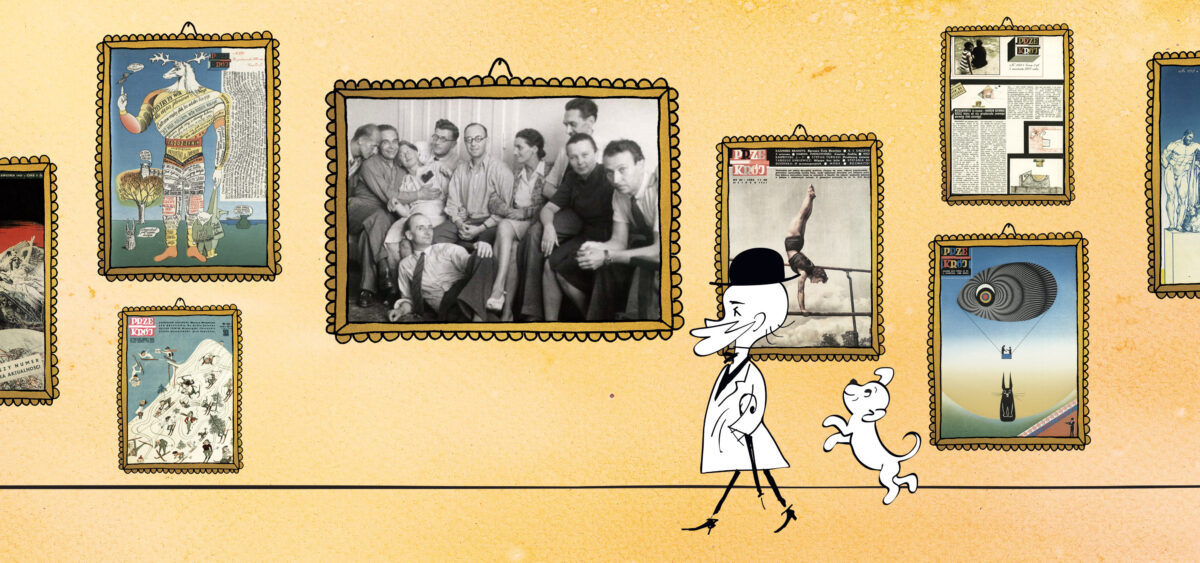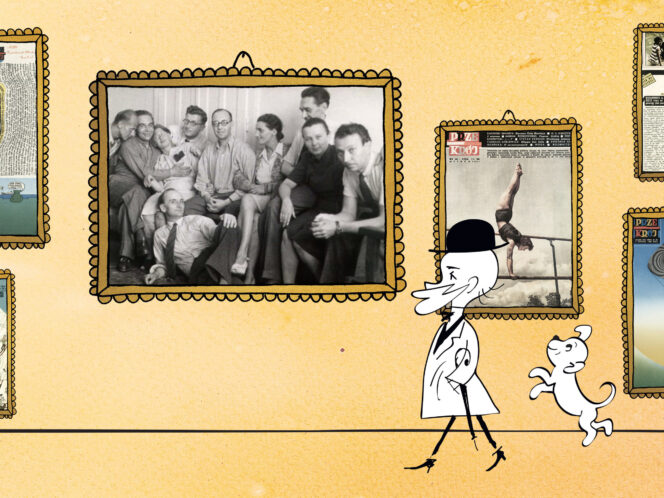
Unrecorded knowledge is fleeting knowledge—anyone who has ever lost their notes before an exam knows this very well. However, while recognizing the merits of writing, we should also acknowledge that human experience extends far beyond the confines of written language.
If we were to rank the various inventions that have been crucial to the rise of civilizations, writing would likely take the top spot. Writing has provided communities that use it with a substantial edge over those that do not. From the earliest pictographic records to early cuneiform and hieroglyphic systems, to the alphabetic and ideographic scripts used today—successive types and methods of writing have facilitated the effective and precise transfer of accumulated knowledge and experience to subsequent generations, to an extent that cultures relying on oral transmission could only dream of. Writing, therefore, serves as humanity’s great collective “external memory.” Without this tool, our species would not differ very significantly from other mammals. We would be unable to accumulate, over centuries and millennia, information about the world, about our practices and technologies, or about ourselves: our ideas, thoughts, dreams, our deepest fears and nightmares.
The Close Circle of the Literati
Such laudatory odes to writing could easily be extended. Nonetheless, that should not imply that writing has exclusively been beneficial to humanity. Up until the twentieth century, literate individuals were a minority within their communities, a reality that persists in some parts of the world even today. For centuries, literacy








